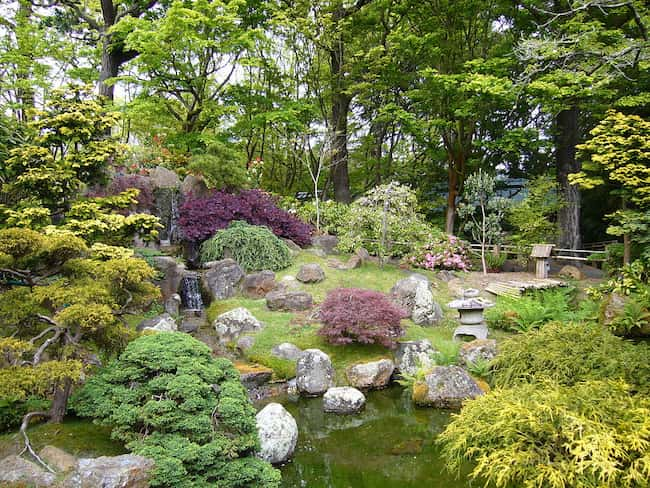Wasps are generally beneficial insects because they eat other insects. They are only considered a disturbance if they constantly come near the home or office. If avoiding them is not possible, the following tips on how to protect your garden from wasps can help or call our local wasp removal services.
Prevent the Wasps
Prevention is one of the best ways of protecting your garden from wasps. A wasp infestation may start with a lone wasp hovering in your garden on a regular basis. If you sight a wasp frequently, the possibility is that there is a nest within your home. Wasp prevention starts with searching for the entry point and sealing it completely. Some common wasp entry points include open dampers, window cracks, and unsealed vents.
Protein foods in and around are good bait for wasps and other insects. Remove any food leftovers from the garden or cover it to prevent wasp infestation. During summer, wasps have an insatiable urge for sweet things. Therefore, rid the garden of fallen fruits, fruit juice cans, and all those outdoor food remnants.
Often times, homeowners swat wasps with the hope of eliminating them. This method is the counterproductive-the smell of a dead wasp attracts the rest. Instead, you should consider minimizing perfume usage. This is because wasps are attracted to anything sweet smelling.
Use Traps
Using traps can also be an effective way of controlling wasps, especially for a small area. Traps are most helpful in early spring because, during this season, most of the wasps are queens. Experts estimate that a queen can produce thousands of worker wasps in summer, so there is every reason to eliminate the queen before summer. The water trap method is one of the simplest wasp traps to implement. Other traps include the Oak Stump Farms Yellowjacket and Glass Wasp Trap.
Destroy the Nest
If all the above methods of protecting the garden from wasps do not work, the only option is to find the nest and destroy it. Detecting the nest is simple if you know the wasps’ flight pattern. Nighttime is the ideal time to approach the nest. Remember to wear protective clothing even if the wasps are likely to be drowsy at that time.
For aerial nests, approach the nest stealthily, cover it with a nest bag, tie the bag, and then submerge it in water for several hours. If you can see the entrance of a ground nest well, cover it with a bowl for several weeks-the wasps should die. Wasp nests on the walls are more difficult to deal with and are best left to the experts.
When you are looking to eliminate wasps from your garden, it is important to use the right method, considering the season, size of your garden, and location of the nest. Ask for professional wasp removal services in Toronto help if the wasp problem aggravates.

